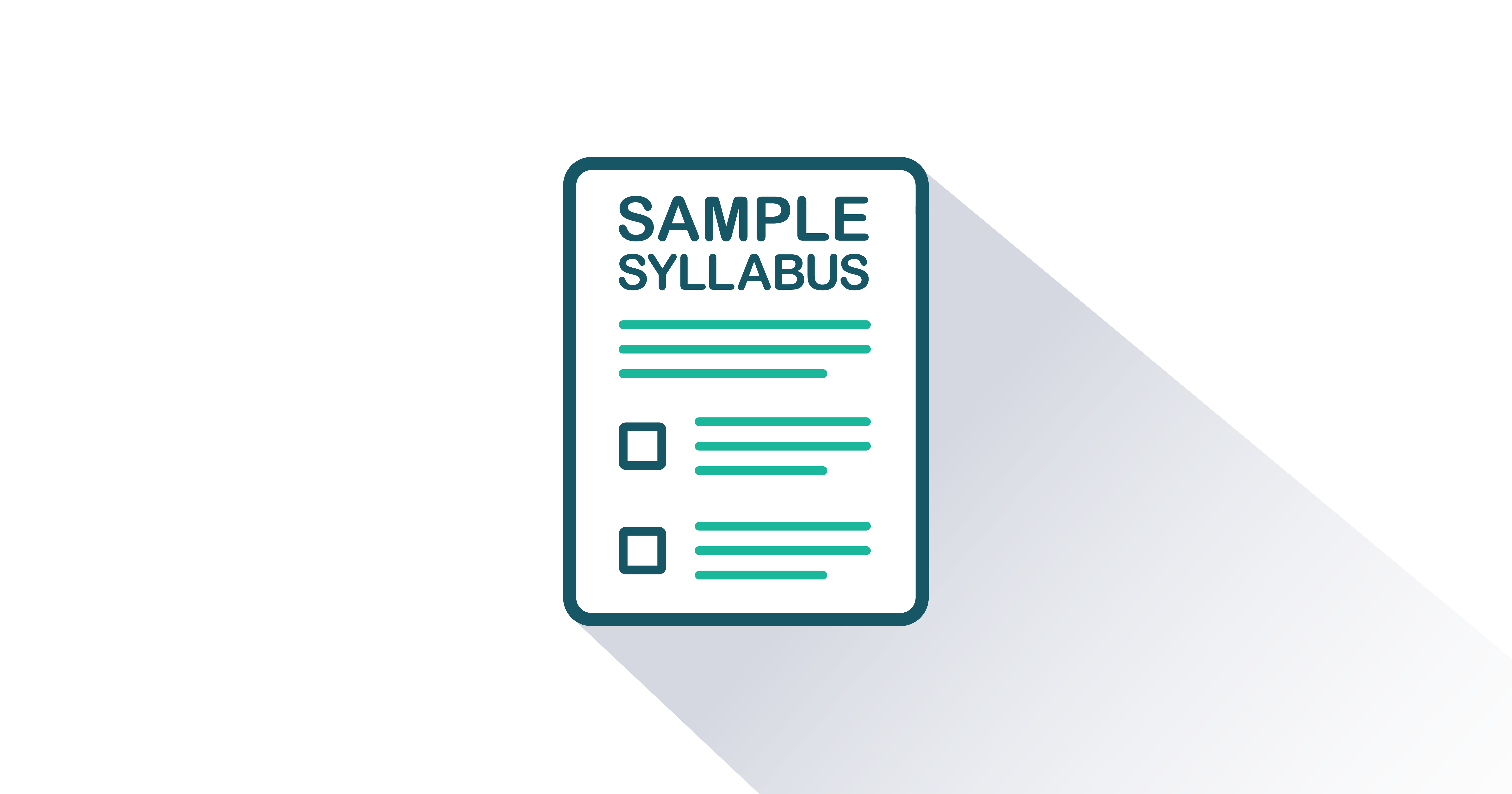William S. Hettinger FlatWorld
Dr. Hettinger has been featured in publications including the Wall Street Journal, Bloomberg Businessweek, CBSNews Money Watch, the Associated Press, and the Kauffman Foundation’s Entrepreneurship.org. He has also been a guest on NPR and numerous local TV and radio shows.
Dr. Hettinger earned his Ph.D. in International Development from the University of Southern Mississippi, where his research focused on resident housing in resort communities. He also earned an MBA from Rensselaer Polytechnic Institute and a BA in Mathematics and Economics from the University of Buffalo. His research interests include professional financial literacy, market failures, and workforce housing.








